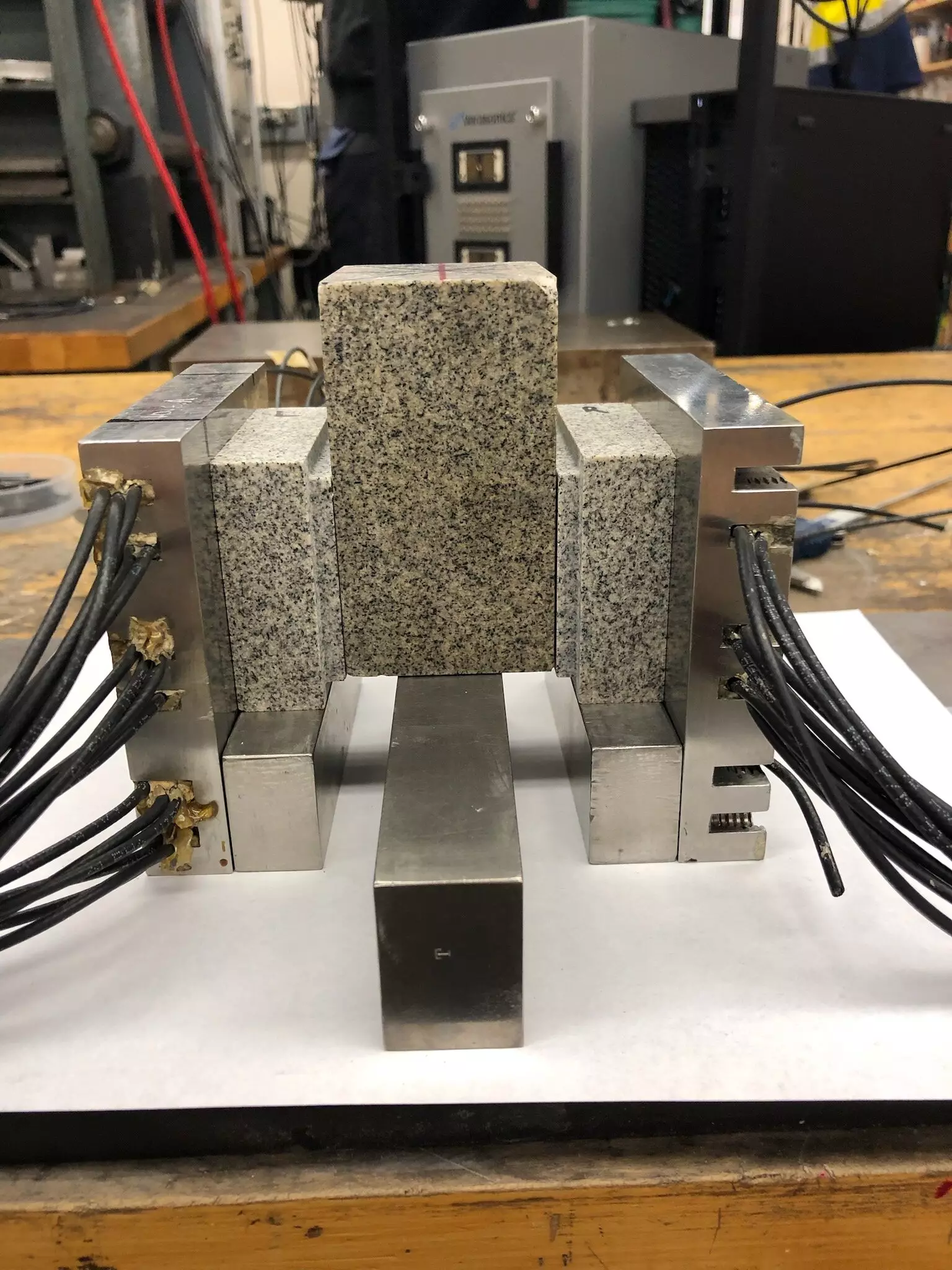A recent research study conducted by scientists at The University of Texas at Austin has revealed promising findings in the field of earthquake prediction. By isolating a pattern of lab-made “foreshock” tremors, the researchers have raised hopes that future earthquakes could potentially be forecasted based on the swarm of smaller tremors that occur before them. This groundbreaking research was published in the prestigious journal Nature Communications, highlighting its significance in the scientific community.
Seismologists and geophysicists have long sought to uncover clues that could lead to effective earthquake prediction. With earthquakes occurring in irregular cycles, it has proven to be an incredibly challenging and complex task. While seismic records demonstrate that tremors and other geological movements often precede large earthquakes, distinguishing between random rumbles and meaningful tremors has been an ongoing struggle.
Creating Earthquakes in the Lab
Lead researcher Chas Bolton took a unique approach to tackle this problem. He conducted experiments in a laboratory setting by simulating his own earthquakes and closely analyzing the patterns in the seismic “noise” that emerged prior to the quakes. Collaborating with other scientists, Bolton measured earthquake cycles on a miniature lab-made fault at Penn State. Although this fault was merely two inches long, significantly smaller than actual earthquake faults, it provided valuable insights into the behavior of tremors before a seismic event.
The findings of Bolton’s experiments revealed a pattern of tremors that grew stronger and occurred more frequently as the lab earthquake approached. Importantly, this pattern was not observed for slower or weaker earthquakes. According to Bolton, this discovery offered a physical explanation for the phenomenon of foreshocks. Furthermore, it provided researchers with a distinctive pattern to search for in real-world earthquake situations.
While the initial results are promising, detecting these patterns in the real world poses significant challenges. Earthquake faults can span hundreds of miles and reach deep into the Earth’s crust. As a result, it becomes crucial to equip fault lines with seismic monitors capable of detecting subtle changes in the Earth. This implementation would require sensors and long-term observatories to monitor these minute variations and provide valuable insights into the behavior of faults leading up to failure.
Inspired by the success of his lab experiments, Bolton has expanded his research to a larger, three-foot-long artificial fault at The University of Texas at Austin. This upgrade allows for a more comprehensive understanding of how the tremor pattern might manifest in natural earthquake scenarios. In parallel, Bolton is also conducting research under the TexNet project, focusing on analyzing tremor sequences in Texas associated with earthquakes of magnitude 5 or higher. These multi-faceted investigations hold great potential for advancing our understanding of earthquake prediction.
While the ultimate goal of accurate earthquake prediction remains elusive, this research provides a glimmer of hope for the future. By identifying distinctive patterns of foreshock tremors, scientists may be one step closer to predicting and potentially mitigating the devastating effects of earthquakes. With further research and advancements in seismic monitoring technology, the dream of reliable earthquake prediction could become a reality within our lifetime.


Leave a Reply